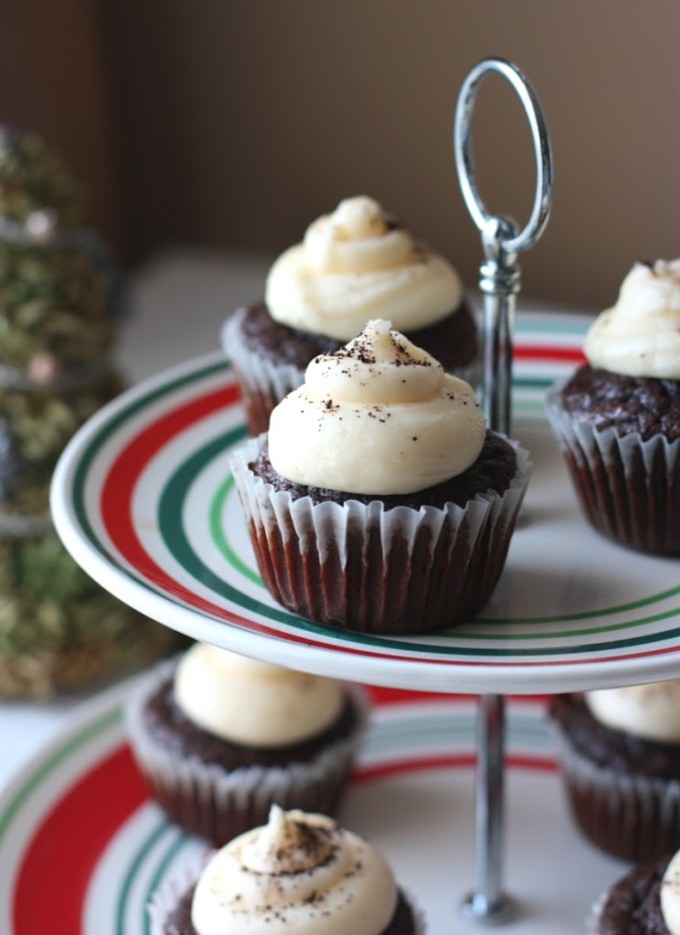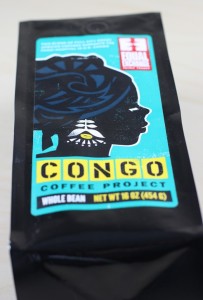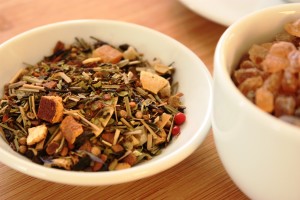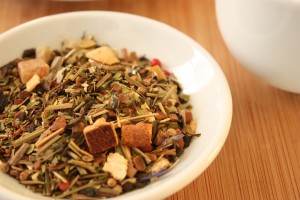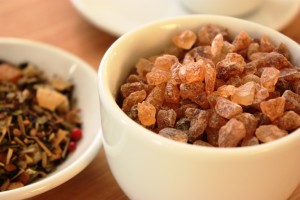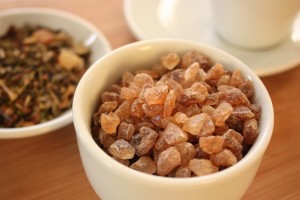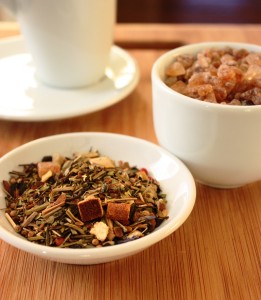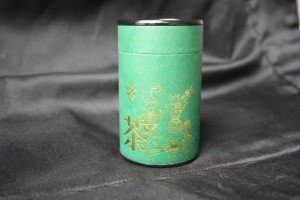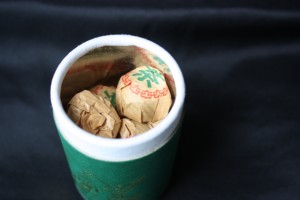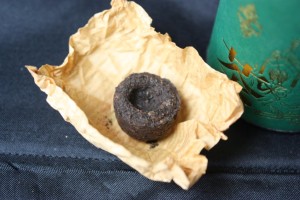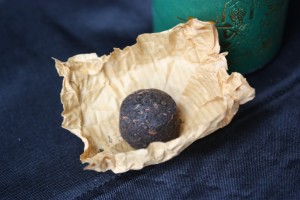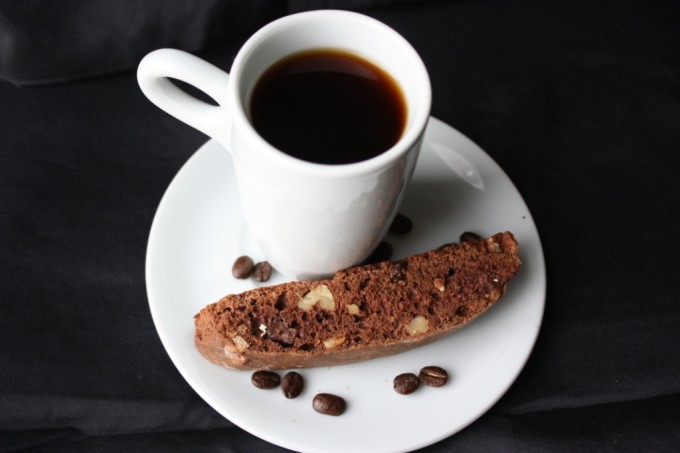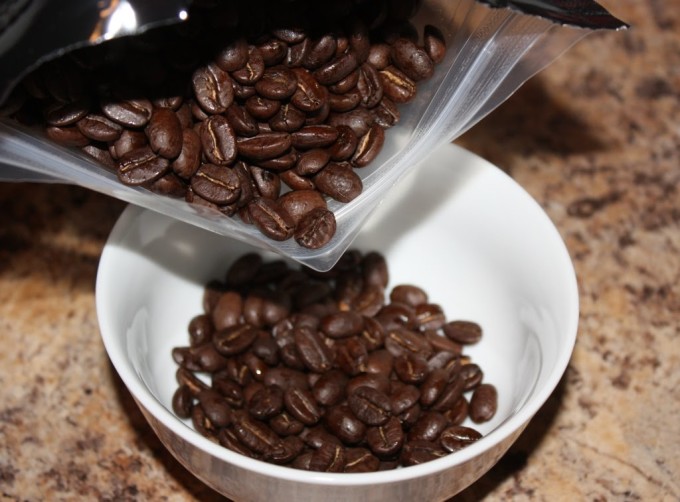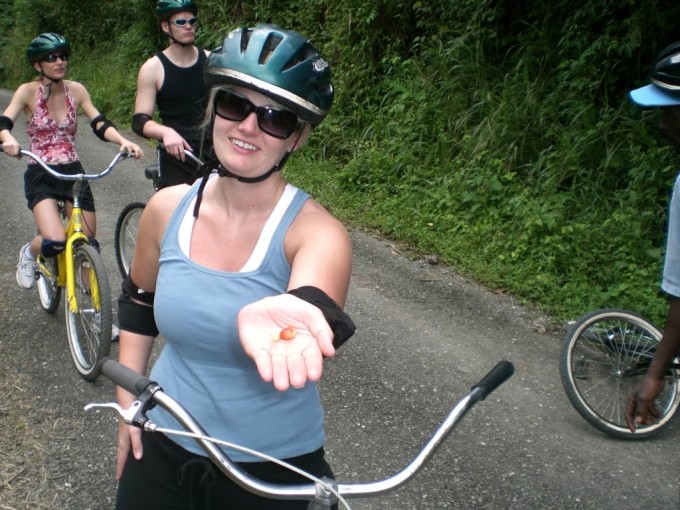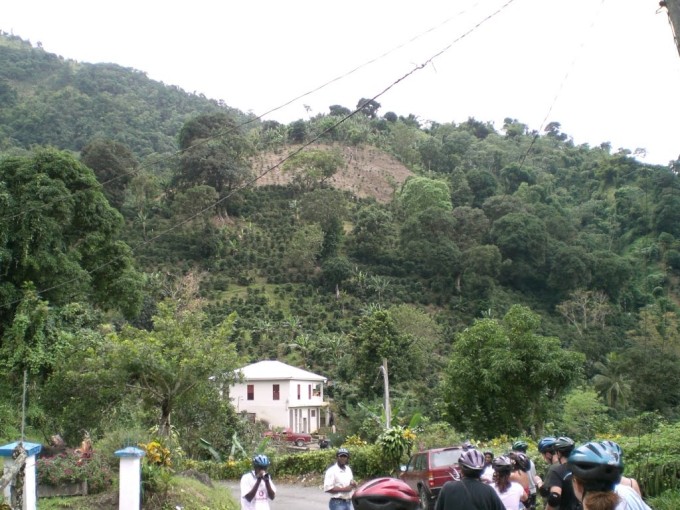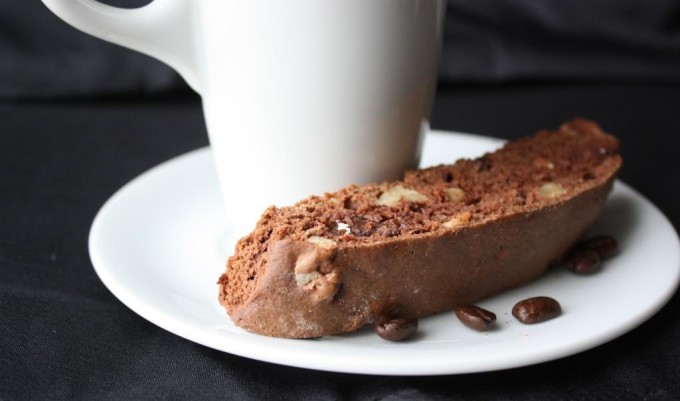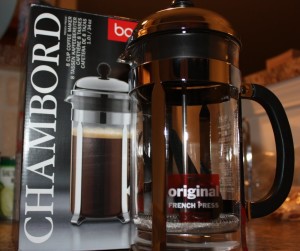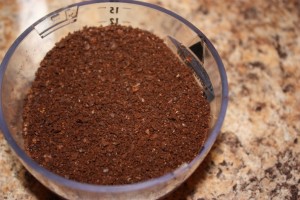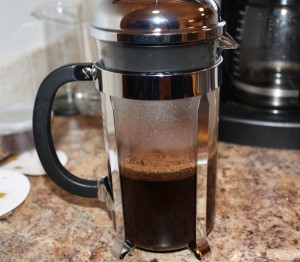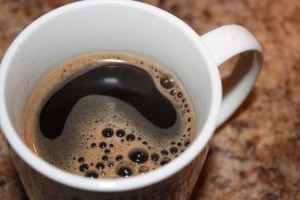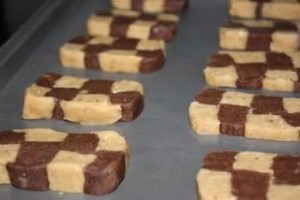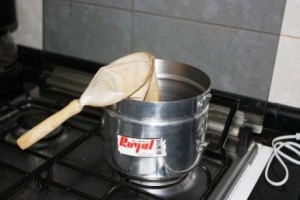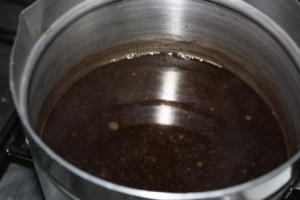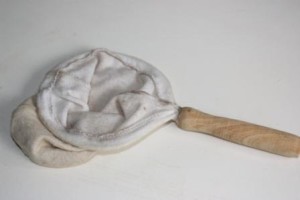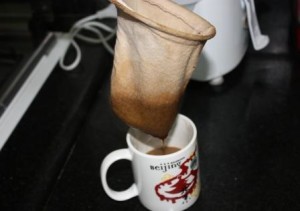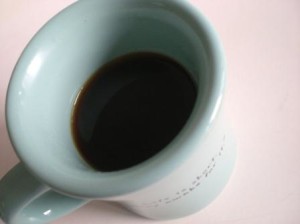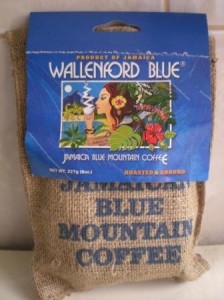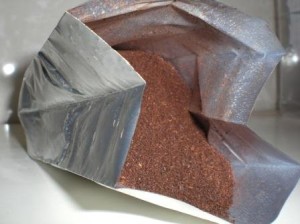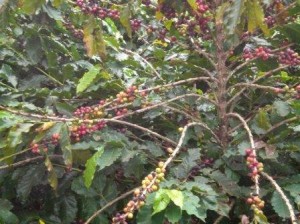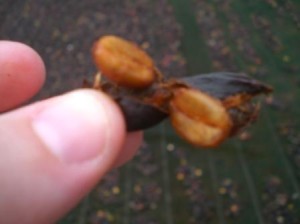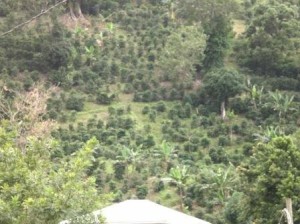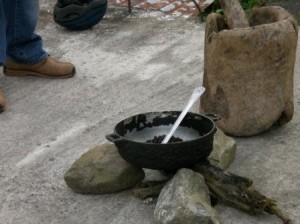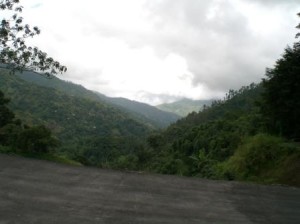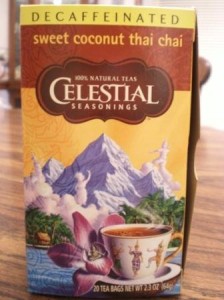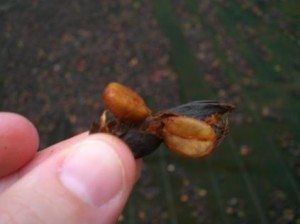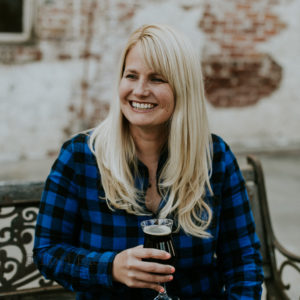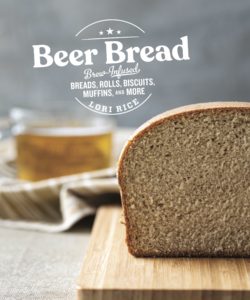What’s the first food or drink you think of when you hear the word culture?
For me, it’s coffee.
Coffee brings about memories of travel and some of my favorite places in this world. And it’s not just the coffee itself that I enjoy; it’s the culture that surrounds it. I love to smell it brewing in the morning, and sharing a cup over conversation with my husband or friends. I find it fascinating to watch it grow in the fields, and I feel fortunate to support those who grow it as they share a piece of their world with me in each cup.
So a few weeks ago when I was asked if I would like to review a very special coffee, I was given a great opportunity to offer my support.
The Congo Coffee is a blend of African coffee beans that was described to me as smooth and balanced. I have to agree. I took it to work with me this morning and enjoyed every sip. This is a coffee that is worth an online order.
This is coming from someone who still recruits friends and colleagues to bring me coffee from Brazil, and who stocks up on 100% Blue Mountain coffee any time my feet touch ground in Jamaica. Yes, I love quality coffee.
And now is a great time to place that order as Equal Exchange will donate $2.00 per bag sold through their retail web store to the Panzi Foundation. The Panzi Hospital offers treatment, counseling and aftercare programs for over 2,000 survivors of sexual violence each year.
So, go. Buy the coffee-lover in your life a bag for the holidays.
When I agreed to review the coffee, I knew that I couldn’t show you a simple cup of coffee and be done with it. Although, a simple cup alone is worth a photo and sip. No, I needed to figure out a way to get it into some of my baking.
My favorite holiday coffee drink turned cupcake? That will work.
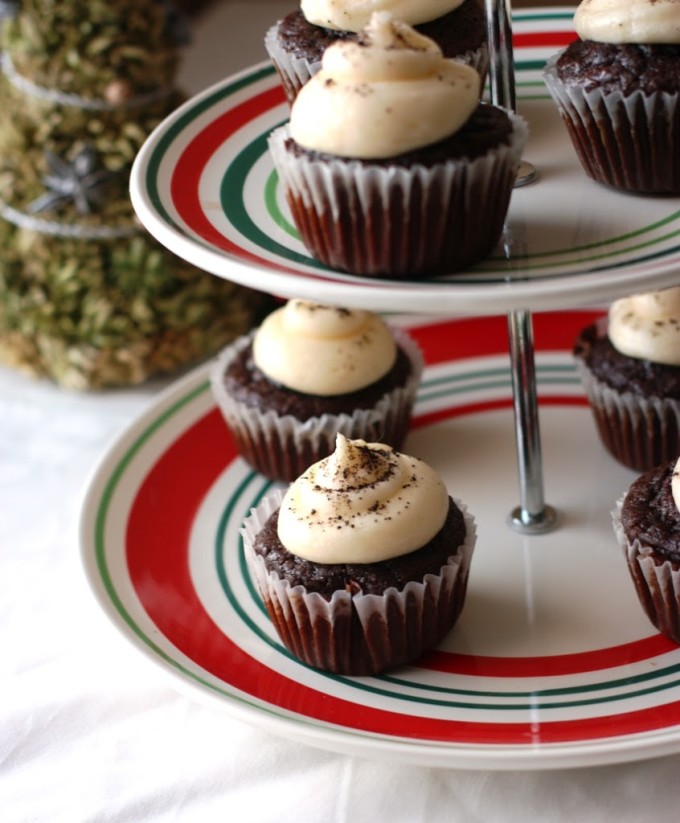
Although, I will say that these are made only slightly sweet on purpose. The eggnog frosting on top is the real deal and full of sugar. I wanted a less sweet cake to balance out the frosting so my final produce wouldn’t make your teeth hurt. The minimally refined sugar and strong brewed coffee did the trick.
3 ½ tbsp virgin coconut oil, soft, at room-temp
½ cup mascavo or muscovado sugar
2 large eggs
3 tbsp Congo Project Coffee, brewed strong and cooled
¼ cup cocoa powder
½ tsp baking soda
½ cup white whole wheat flour
1/8 tsp nutmeg
½ cup plain Greek yogurt
½ stick (1/4 cup) unsalted butter, softened
2 ½ cups confectioners sugar
7 tbsp eggnog
1 tbsp coffee, ground extra fine
In a bowl of a mixer fitted with the paddle attachment, combine the coconut oil and sugar. Mix for about 2 minutes, until almost smooth. Beat in the eggs, one at a time. Add the coffee.
In a separate bowl, stir together the cocoa powder, baking soda, flour and nutmeg. Gradually add the dry ingredients to the batter. Mix just until combined. Fold in the yogurt.
Divide the batter evenly among the 8 cups in the tin. Bake for 18 minutes or until a toothpick inserted in the center comes out clean. Remove from the oven and cool completely.
For the frosting, combine the butter and confectioner’s sugar in a mixing bowl and mix on medium and then medium-high until well combined. Slowly add the eggnog, 1 tablespoon at a time. Frost your cupcakes once cool and sprinkle each with a dusting of finely ground coffee.
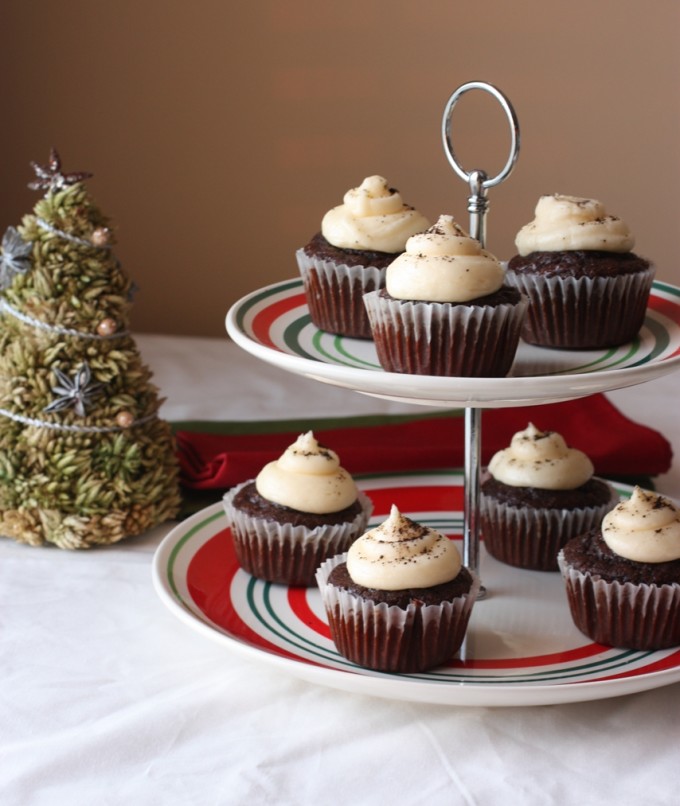
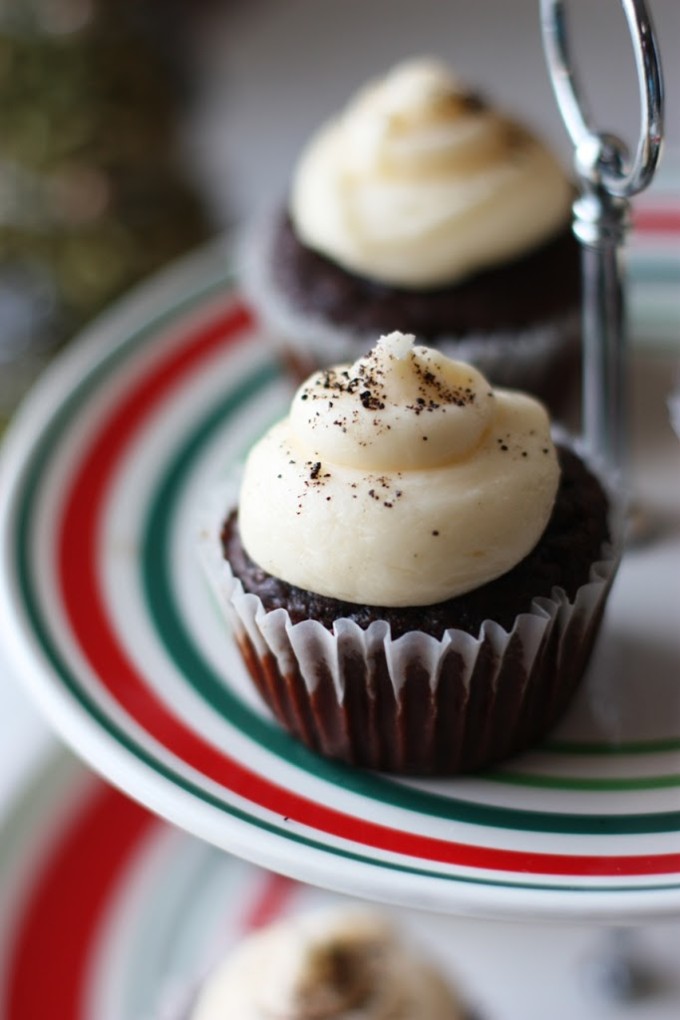
Disclosure: This coffee was sent to me free of charge. I was not required to use it in some pretty rockin’ cupcakes or write about it, and I received no compensation for doing so.

